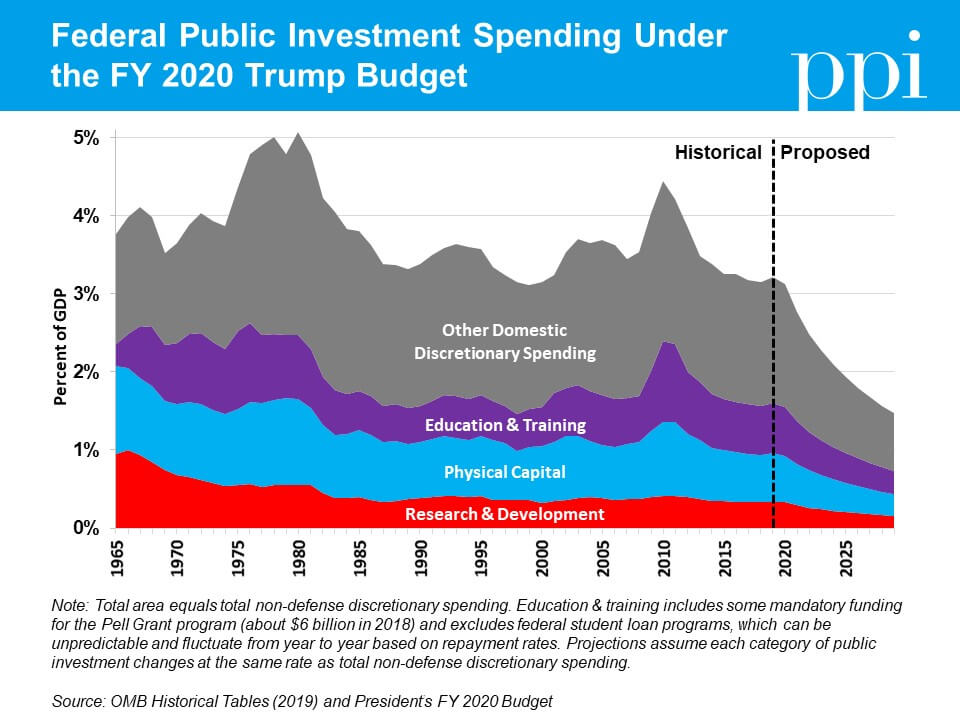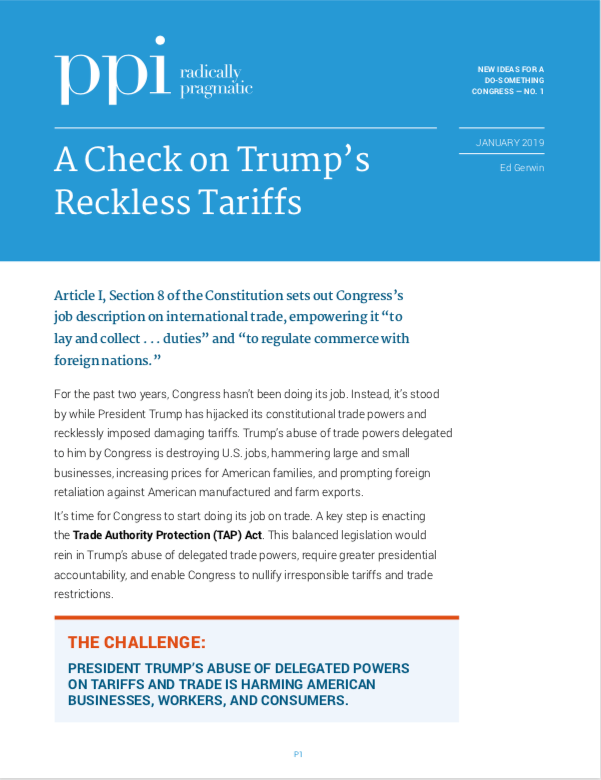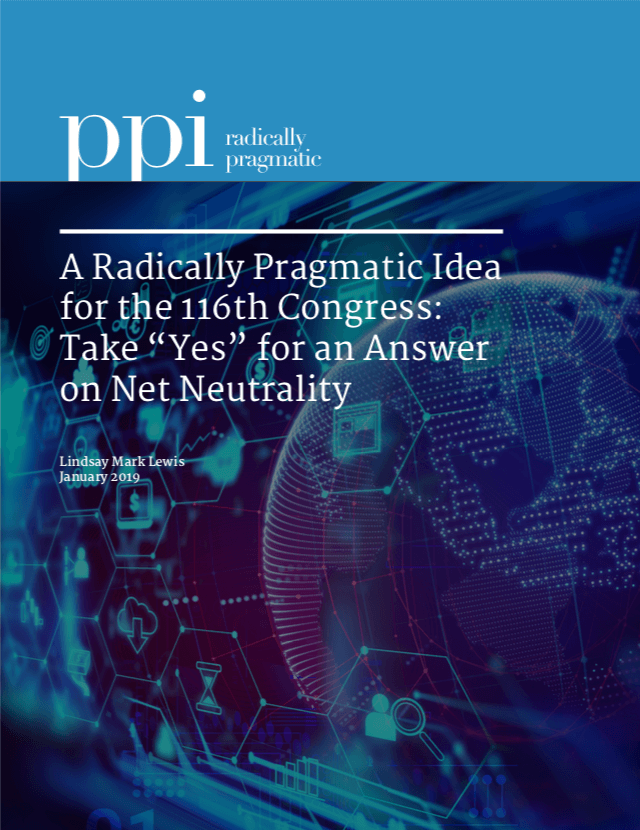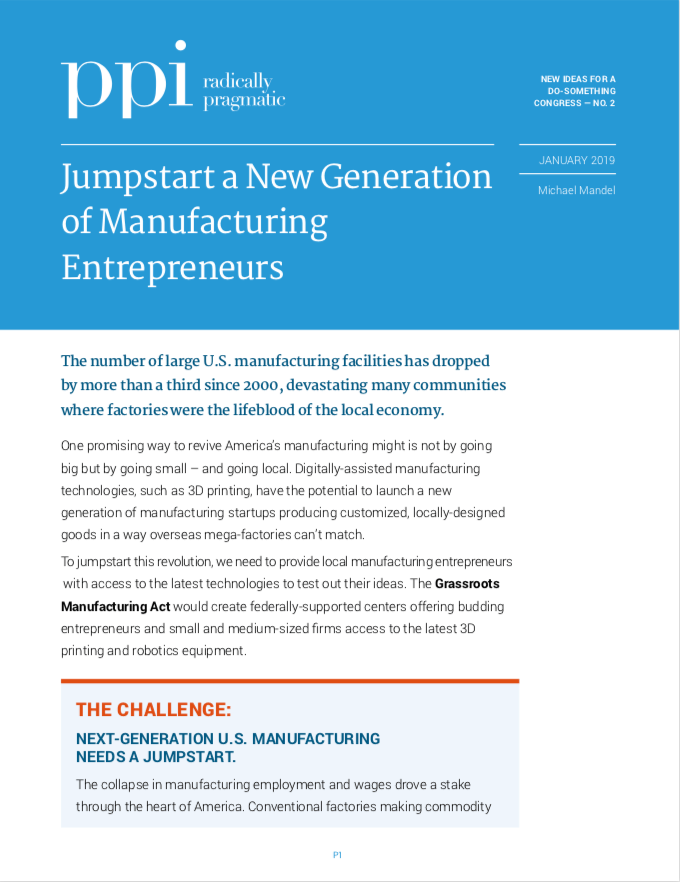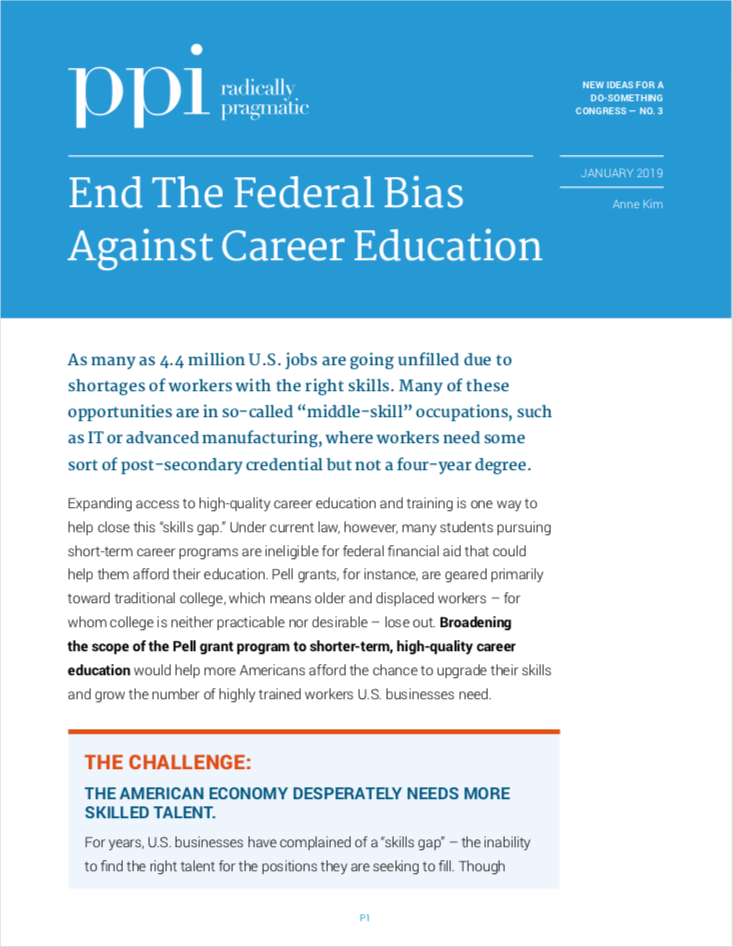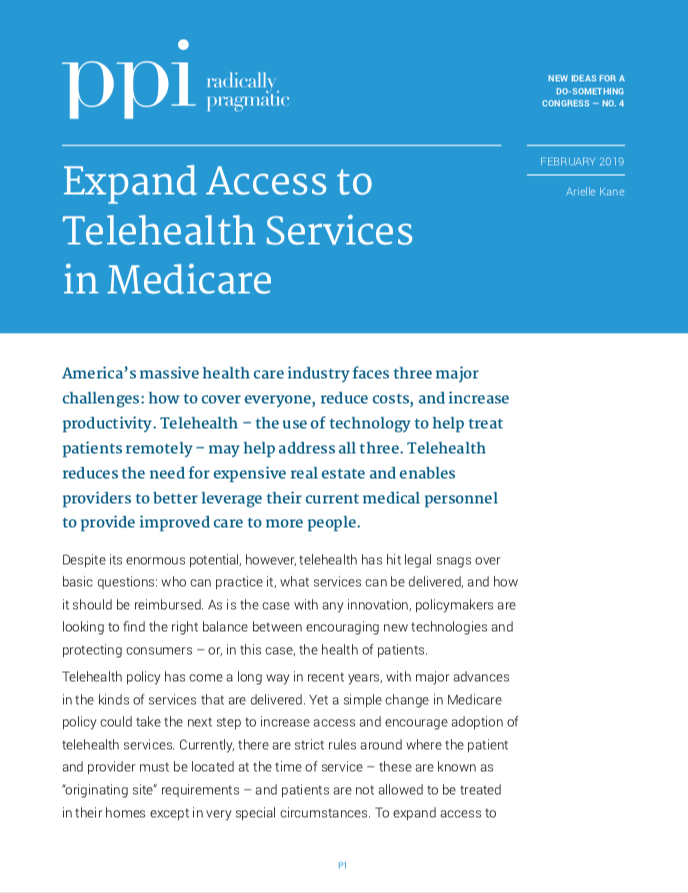On Donald Trump’s watch, America is losing what is probably the most important new manufacturing opportunity in the world–the global race to produce affordable electric vehicles that people want to drive. The United States currently accounts for just 20 percent of global electric vehicle production, far behind China.
Jumpstarting U.S. production and purchase of Electric Vehicles (EVs) would produce an unprecedented set of benefits, including cleaner air and a reduction in greenhouse gas emissions; a resurgence of the U.S. auto industry and American manufacturing; the creation of millions of new, good, middle class manufacturing jobs; lower consumer costs for owning and operating vehicles; and the elimination of U.S. dependence on foreign oil. U.S. automakers are already moving toward EVs, but the pace of this transition is lagging behind our foreign competitors. A dramatic expansion of tax credits for EV purchases could go a long way toward boosting the U.S. EV industry as part of a broader agenda to promote the evolution of the transportation industry away from carbon-intensive fuels.
THE CHALLENGE: THE US ELECTRIC VEHICLE INDUSTRY IS FALLING BEHIND ITS GLOBAL COMPETITORS
Leading experts predict (1) that electric vehicles will be the key to global auto industry growth over the next years and decade—from about 1.1 million EVs last year to 30 million by 2030. Ominously, however, China is already dominating (2) the emerging EV market, with about 40 percent of global production, and plans to expand even more rapidly over the next few years. The United States, on the other hand, currently produces only about 20 percent of the world’s EVs and is moving too slowly on the EV transition.
Electric vehicles account for just 0.3 percent of the total U.S. fleet
U.S. EV production is small – fewer than 200,000 were manufactured (3) here last year, accounting for less than 0.3 percent of the total U.S. fleet. Production is also not growing nearly fast enough. Out of the roughly 350 million vehicles on the road today, a little more than 1 million are electric.
Electric vehicles are too pricey for most consumers or are not offered in models consumers want
Most Americans cannot afford more expensive EVs—like the high-end Tesla models—that have dominated (4) the market so far. For example, two of the top three selling models in 2017 cost well over $80,000 a vehicle. The second selling model, the more affordable Chevy Bolt (still more than $36,000), sold only about 25,000 units in 2017. And the EVs that are affordable are not available in the models—especially SUVs, minivans and light trucks—that most consumers prefer, and that provide higher profit margins for automakers. As a consequence, fewer than 2 percent of the more than 17.3 million new American car purchases in 2017 were of plug-in hybrid electric vehicles or battery-electric vehicles.
THE GOAL: MAKE AMERICA THE GLOBAL LEADER IN EV MANUFACTURING, PRODUCTION, AND DEPLOYMENT
The aim of America’s EV policy should be to quickly gain by far the largest part of the global EV market penetration by reaching the mass market of average domestic and international consumers of high volume models. Doing this can rapidly help lower consumer costs, cut emissions, end oil imports, reduce pollution, and prompt a resurgence of domestic auto manufacturing. Specifically, the United States should set a goal of producing more than 50 percent of the global EV production—or 15 million vehicles a year–by 2030.
Fifteen years ago, the U.S. allowed Chinese subsidies to displace U.S manufacturers and dominate the global race for solar panel manufacturing—and today China owns more than (5) 60 percent of the global market. America cannot allow that to happen with EVs, which under any scenario will be an essential part of the next generation of global clean energy technology and auto manufacturing.
Electric Vehicles at scale will bring America remarkable, one of a kind benefits. For instance, EVs can dramatically reduce air pollution, which is among the leading causes of lung disease, lower life expectancy and asthma among Americans. Transitioning to EVs will also reduce America’s largest source of greenhouse gas emissions—transportation. EVs have less than half the GHG emissions of gasoline-powered cars, and are getting even cleaner every year (6). An average U.S. EV today has greenhouse gas emissions equivalent to a gasoline car getting 80 MPG (7). EVs will only get higher gasoline equivalent mileage over time.
At the same time, EVs will save U.S. consumers money because of much lower fuel and vehicle operating costs (8). The total cost of owning and operating an EV is already cheaper than oil-fueled cars (9). The U.S. average price per gallon of gasoline is $2.50 while it costs less than half that–$1.10 per eGallon–to charge an electric car, according to the U.S. Department of Energy (10).
Finally, widescale deployment of EVs will also help end America’s reliance on imported oil. Today, the US imports about 20 percent of its oil, including from non-Democratic petro-states like Saudi Arabia and Venezuela.
Gaining American global leadership in one of the world’s the fastest growing major manufacturing sectors will provide the United States a huge economic boost and create an export market for U.S. EVs around the world. Boosting the American EV industry will also bring ancillary benefits to the nation’s overall efforts for a clean-energy transition. For example, large scale EV deployment will enable the creation of a huge distributed network of electricity storage units—that is, car batteries themselves plugged into the electricity grid, especially at night. This network will allow greater electricity storage at scale that in turn will allow major electric grids around the country to integrate higher percentages of clean solar and wind energy. In essence, electrifying transport will therefore help reduce emissions from both the transport and electricity sectors, the two highest emitters in the U.S. economy.
THE SOLUTION: DRAMATICALLY EXPAND AND IMPROVE TAX CREDITS FOR CONSUMER PURCHASES OF ELECTRIC VEHICLES
There is no doubt America has the capacity to lead the EV revolution. America has unrivaled technical expertise, a skilled work force, and innovative entrepreneurs and investors (11). But current half-hearted U.S. tax policies on EVs are not coming anywhere near immediately seizing this massive opportunity as other countries threaten to pull so far ahead that we cannot catch up.
One powerful way to speed the revolution is through more robust tax incentives that can boost the pace of technological evolution of U.S. companies and adoption of EVs by the transportation sector as a whole.
For example, existing federal tax credits are not nearly enough to drive the change and scale of EVs that are needed to gain full benefits. The current federal tax credit system, while well intended, has so far been ineffective. It offers $7,500 for the purchase of any all-electric vehicle, but caps the credit at 200,000 vehicles per manufacture, with rapidly reduced credit amounts after that threshold. Several Members of Congress have proposed (12) extending the existing $7,500 credit with no cap per manufacturer, but do not propose changing the overall structure of the credit. These changes are highly unlikely to drive large rapid electrification of the US fleet.
What Congress should do instead is provide American consumers with much more generous tax credits for the purchase of more affordable EV models that Americans actually want and can afford, including minivans, SUVs, and light trucks.
In particular, Congress should provide a consumer tax credit that is the more generous for cheaper vehicles than for expensive ones, thereby encouraging the sale of more affordable electric vehicles. For instance, this credit could be structured on a graduated scale as follows: $7,500 for vehicles priced under $35,000; $5,000 for those under $50,000; $2,500 for those under $75,000; $1,500 under $100,000.
Opinion polls find that nearly three quarters of consumers say a tax credit would affect their decision to buy an EV, and 63 percent say a credit is an important measure to support EV adoption. However, the tax credit must be applicable to cars Americans want to buy to achieve volume and scale (13).
In addition to the graduated tax credit described above, Congress should also provide an extra consumer tax incentives for “trading-in” low mileage “gas guzzlers” for the purchase of an EV to quickly turn over fleet and eliminate the most inefficient, polluting vehicles. Moreover, Congress should provide manufacturer tax credits within each class of vehicle, including SUVs, minivans and light trucks, to drive rapid production and demand for popular models. Finally, to encourage rapid growth and large-scale production, the manufacturer tax credit should become greater for production over a certain high total threshold of vehicles produced.
The tax credits described above can go a long way toward speeding the nation’s transition to EVs while boosting U.S. EV leadership. Nevertheless, these tax credits cannot be effective if offered alone. Rather, they must be offered in concert with a robust, comprehensive agenda to accelerate electric vehicle adoption.
Crucially, the federal government and the states will need to invest in public and private incentives for building out a network of electric charging stations through much needed infrastructure modernizing legislation. Congress should also require that the federal government purchase US-made EVs for most purposes (and other alternative vehicles like Compressed Natural Gas or Fuel Cells as needed for other uses like buses and heavy-duty trucks);
The federal government could also raise Corporate Average Fuel Economy (CAFÉ) standards for an added push toward EVs. And in order to gain the full reductions in air pollution and greenhouse gas emissions, Congress will need to make sure that the electricity sector relies on increasingly clean energy sources.
America cannot afford to lose the EV race, the most important manufacturing opportunity of our time. By creating a comprehensive program to jumpstart the production and purchase of the electric cars and trucks Americans want and can afford, Congress can help the nation take a dramatic, yet pragmatic, step forward toward growing the economy, cutting oil use and consumer costs, improving air quality and combatting climate change.
ENDNOTES
1) “Electric Vehicle Outlook 2018 | Bloomberg New Energy Finance.” Bloomberg NEF. https://about.bnef.com/electric-vehicle-outlook/.
2) Niu, Isabelle. “Your next Car Could Be Electric-and Chinese.” Quartz. November 15, 2018.
3) Kane, Mark. “US All-Electric Car Sales Charted: November 2018.” Inside EVs. December 30, 2018.
4) “Top-selling Electric Cars in the United States 2017 | Statistic.” Statista. https://www.statista.com/statistics/257966/best-selling-electric-cars-in-the-united-states/.
5) Beinhart, Larry. “Why China, and Not the US, Is the Leader in Solar Power.” Al Jazeera. August 22, 2018.
6) Nealer, Rachael, David Reichmuth, and Don Anair. “Cleaner cars from cradle to grave: How electric cars beat gasoline cars on lifetime global warming emissions.” Union of concerned scientists report (2015).
7) Reichmuth, David. “New Data Show Electric Vehicles Continue to Get Cleaner.” Union of Concerned Scientists (blog), March 8, 2018. https://blog.ucsusa.org/dave-reichmuth/new-data-show-electric-vehicles-continue-to-get-cleaner.
8) Richardson, Jake. “Electric Vehicles Reduce Toxic Air Pollution – Pollution That Hurts & Kills Humans.” CleanTechnica. May 12, 2018.
9) “Electric Vehicles Have Lowest Total Cost Of Ownership, Study Finds.” CleanTechnica. February 05, 2018.
10) “EGallon: Compare the Costs of Driving with Electricity.” Energy.gov. February 9, 2019. https://www.energy.gov/maps/egallon.
11) Kljaic, Vanja. “U.S. Electric Car Battery Production Is Lacking, Says Expert.” Inside EVs. October 7, 2018. https://insideevs.com/us-electric-battery-production-lack/.
12) U.S. Senate. Jeff Merkley. “MERKLEY, HEINRICH, CORTEZ MASTO INTRODUCE LEGISLATION TO EXTEND ELECTRIC VEHICLE TAX CREDIT FOR 10 YEARS.” News release, September 17, 2018. U.S. Senator Jeff Merkley of Oregon. https://www.merkley.senate.gov/news/press-releases/merkley-heinrich-cortez-masto-introduce-legislation-to-extend-electric-vehicle-tax-credit-for-10-years.
13) “EV Statistics of the Week: Range, Price and Battery Size of Currently Available (in the US) BEVs.” EVAdoption. January 21, 2018. https://evadoption.com/ev-statistics-of-the-week-range-price-and-battery-size-of-currently-available-in-the-us-bevs/.



